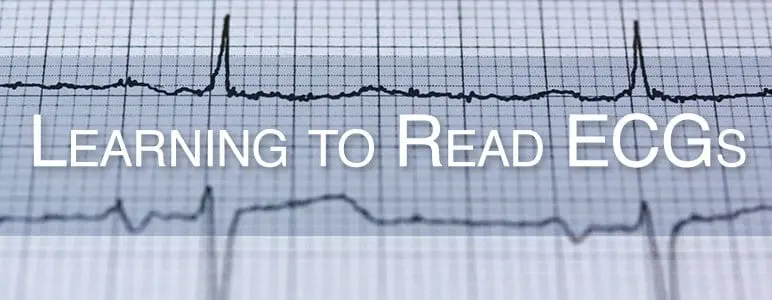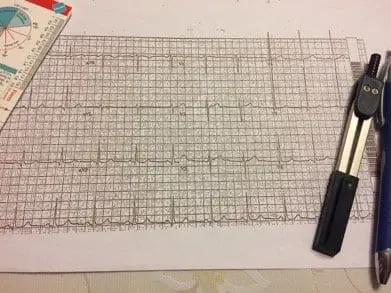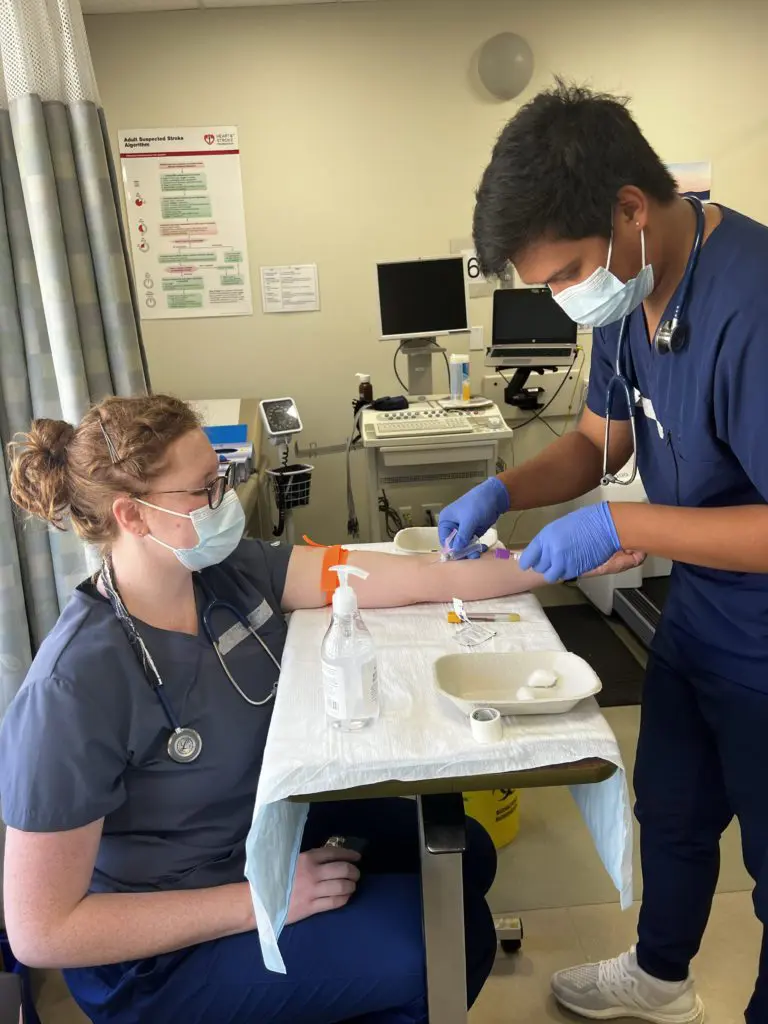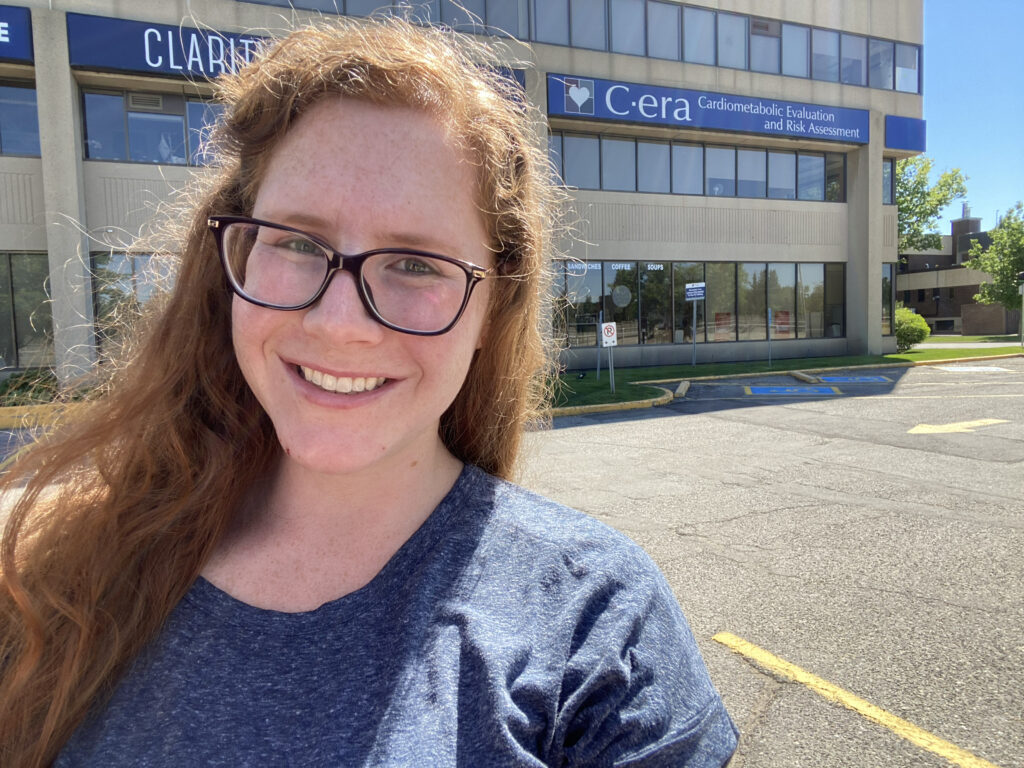
I recently finished the largest course of Cardiology Technologist program, ‘Rhythms, Arrhythmias, & Pacemaker Studies’. In the beginning, I knew little to nothing about what to look for on an electrocardiogram (ECG). After this course I am super confident in my ability to examine an ECG (in other words, an electrocardiogram or EKG). It may seem like a bunch of squiggly lines at first, but after training your eyes to pick out problems. You can figure out many different arrhythmias and conditions that would affect the patient. To figure out how to read an ECG, you must have an understanding of what this procedure consists of.
What’s an ECG?
An ECG is a recording of the electrical activity of the heart. It lets us view the impulses travelling from one part of the heart to another. Which ultimately cause contraction (which pumps blood out of your heart and to the rest of your body) and relaxation (which allows the heart to fill with oxygenated blood).
To perform an ECG, electrodes are placed on the skin (like stickers!) on certain anatomical locations. Then cables are hooked up to them. This allows us to get a tracing at different “angles”, where the electrical impulses are travelling to different locations. There are many different specialty ECGs that can be done for various diagnostic testing for certain conditions like shortness of breath, palpitations, chest pain, before some surgeries or to monitor treatment plans.
What I loved about the course

Personally, as a Cardio Tech, I loved learning about ECGs, and am still learning. There are so many variances in ECG findings, but with lots of practice it is already getting easier! When I wasn’t studying my notes, textbooks and doing assignments, I would find ECGs on the internet and interpret them each day. I also found some excellent ECG games to work on perfecting interpretation skills faster. During my first lab block in Halifax in August I got to practice performing ECGs on the other students. Then, during four practice days at the hospital, I did them on patients.
The instructors during my lab were awesome with explaining further interpretation skills, and showed us many specialty ECG procedures too. We all learned how to use the ECG machines, place the electrodes, hook up cables, move the electrodes for specialty placements for different circumstances and we practiced on each other. Also, we performed and interpreted at least 50 ECGs! We did group sessions most days, where each instructor would go over a certain topic to a small group. This was super helpful in clarifying anything we were having trouble with before the midterm and final exams.
Final exams
For these exams, each of us got to perform an ECG on patients and do a verbal exam with an instructor on all ECG related material like conditions, scenarios, etc. It actually allowed us to see how much we knew, which I think surprised us all a little bit – since we actually did know our stuff! It prepared me for my four days of practical at a hospital after lab. I felt very confident in my ECG abilities. There I had the chance to practice ECGs in many different departments of the hospital. Including the ER, ICU, and routine ECGs in the diagnostic department. It made me feel so glad that I chose this career path, as I just loved being able to finally practice some duties of a Cardiology Technologist at the hospital.
I am looking forward to the upcoming months where we will be working on exercise tolerance testing, Holter monitoring, and going to my second lab block in Halifax in October!
Check out a video of our cardio tech students in action.







![An ECG demonstrates the extensive antero-septal-lateral myocardial infarction [heart attack] that Taryn witnessed.](https://stenbergcollege.com/wp-content/smush-webp/2022/12/ecg-1024x530.jpg.webp)



